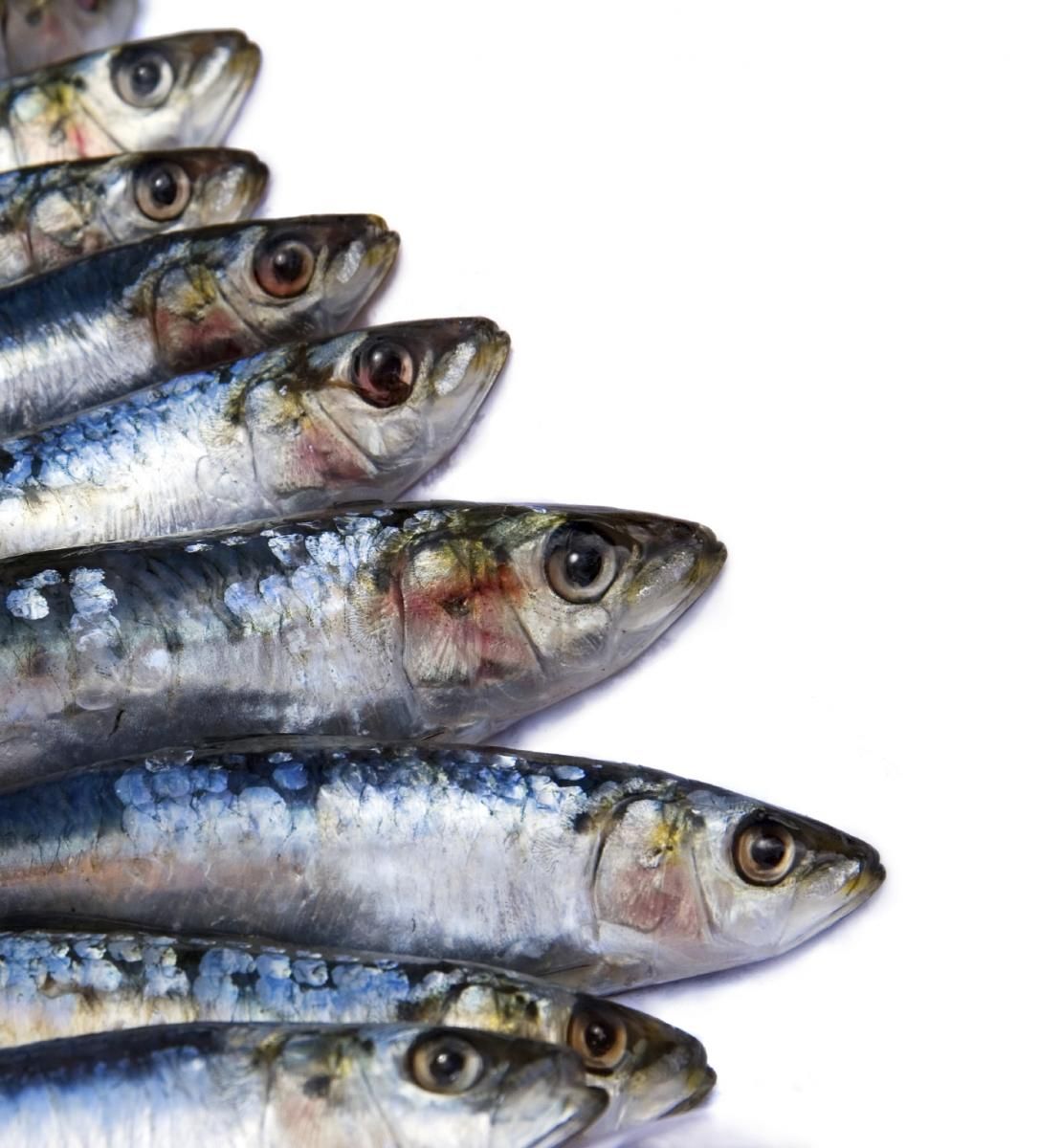Omega-3 DHA and EPA: 2015 Ingredients to Watch for Food, Beverage, Supplements
Nutritional Outlook has pegged omega-3 DHA and EPA as one of 2015's ingredients to watch. Check back daily as we release new predictions.

After a significant drop in sales over the past year and a half, 2015 should bring some positive news for omega-3 fatty acids EPA and DHA, according to the Global Organization for EPA and DHA (GOED; Salt Lake City).
“For 2015, GOED anticipates a flurry of domestic as well as international industry-shaping regulatory activity associated with EPA and DHA,” says Harry Rice, PhD, GOED’s vice president of regulatory and scientific affairs and a Nutritional Outlook editorial advisory board member. Rice points to key regulatory developments that will, if they pan out, reinforce to consumers the importance of EPA and DHA intake.
On the international front, the Codex Alimentarius Commission, part of the FAO/WHO that develops international food standards, continues its work to devise a final draft for the first-ever Codex Alimentarius standard for fish oils. Although Codex does not have regulatory power, some countries do adopt Codex standards as their own. The goal now is fine-tuning and reaching a final draft, which the Codex Committee for Fats and Oils has been working to achieve for years. At its 24th session this February, the committee was scheduled to continue discussions on the proposed draft of the standard, including addressing new comments and revisions suggested by omega-3 stakeholders. For instance, as GOED reported in September of last year, the standard currently excludes krill and salmon oil, and GOED is requesting that salmon oil be included because of reported adulteration issues.
Meanwhile, last November, the Codex Committee on Nutrition and Foods for Special Dietary Uses approved a proposal to eventually establish a Nutrient Reference Value (NRV) for EPA and DHA omega-3s. A NRV would represent a global recommended intake for these fatty acids, much like a dietary reference intake (DRI) value in the United States. It would, says GOED, underline the importance of EPA and DHA intake to the entire global community. This proposal will make its way to the Codex Alimentarius Commission for final approval. Rice estimates the Commission could give approval at its meeting this July, after which work could begin on assessing the most current scientific evidence to support a recommendation and would take several years to complete.
In the United States and Canada, EPA and DHA are being considered for a DRI of their very own. Before deciding on which nutrients will next undergo official DRI review-there are several in contention, in addition to EPA and DHA-a U.S. and Canadian nutrient assessment group is meeting this March to first discuss the use of chronic disease endpoints when setting DRI nutrient values. Because current science on many of the nutrients nominated for DRI reviews includes links to chronic disease, the committees believe they must first decide on how to approach these disease endpoints.
“GOED is hopeful that following the publication of the workshop proceedings that a decision will be made to launch the next DRI review and that the nutrients chosen will be EPA and DHA,” Rice says.
This year should also bring final word on GOED’s long-awaited health claim petition in the United States. In November 2013, the organization petitioned FDA for a health claim linking EPA and DHA with the reduction of blood pressure in the general population. After reviewing the science submitted, FDA decided it will now approach this health claim as a qualified health claim. (As opposed to an authorized health claim, a qualified claim must be accompanied by a disclaimer communicating to consumers the level of scientific evidence supporting the claim.) Rice says FDA should make its decision on whether to allow the qualified health claim by May of this year.
All of these developments indicate brighter days ahead for omega-3s. Already, better news is coming down the EPA/DHA sales pipeline. In January, GOED reported that the Always Omega-3 consumer campaign, started last year by GOED and an industry coalition of omega-3 suppliers to help revive omega-3 sales, continues to gain traction. GOED says the one-month test market campaign the coalition ran in Charlotte, NC, last fall sparked a nearly 6% increase in sales over the month.
Ellen Schutt, GOED’s communications director, says that it is vital that omega-3 stakeholders support the coalition in 2015.
“As we went to press, the omega-3 coalition was hoping to launch a national rollout in mid-March, but plans were on hold pending the commitment of additional funds from interested industry players,” she says, adding that the coalition remains very optimistic about the national rollout. “The public relations and advertising plans we have in place are strong and are designed to reach our target audience multiple times during the campaign. We have also gained momentum with retailers, who are interested in leveraging the in-store successes we had in Charlotte. To assist them further, we’ve created an electronic retailer portal so they can download the campaign’s creative assets for use in their stores. We’ve also updated the consumer website, www.alwaysomega3s.com, to make it more engaging and user-friendly, as well as more DSHEA-compliant, so brands can now link to it.”
Also read:
How Omega-3 Companies Will Build the Bridge to Consumer Trust
2015 Ingredients to Watch
Photo © iStockphoto.com/Rixipix

.png&w=3840&q=75)

.png&w=3840&q=75)



.png&w=3840&q=75)



.png&w=3840&q=75)


